To a newcomer to photography and even to some more experienced photos, the range of acronyms and markings that surround a lens are sometimes as useful as hieroglyphics. ED this, OS that, a little DG, macro, micro. It's as if all the letters of the alphabet where thrown in to blender and then painted onto the side of our optics. Today, in true Light Stalking style we are going to bring clarity to this by describing each of the features and telling you the relevant acronym for popular brands.
Full Frame/CropFrame. Most of you are aware that some cameras have bigger sensors than others. As far as DSLR and Mirrorless cameras are concerned, the biggest sensor size is known as Full Frame. This is derived from the fact that the sensor is more or less the same dimensions as a 35mm film frame. Smaller sensors include APS-C and 4/3rds and there are lenses that are specifically designed for the smaller sensors. The caveat however is that although smaller sensor lenses will work on full frame, you are likely to get some severe vignetting. So what are the relevant acronyms for lens/sensor size?
Brand | Nikon | Canon | Sony | Sigma | Tamron |
| Full Frame | FX | EF | FE* | DG | Di |
| Cropped Frame | DX | EF-S | DT/E* | DC | Di II |
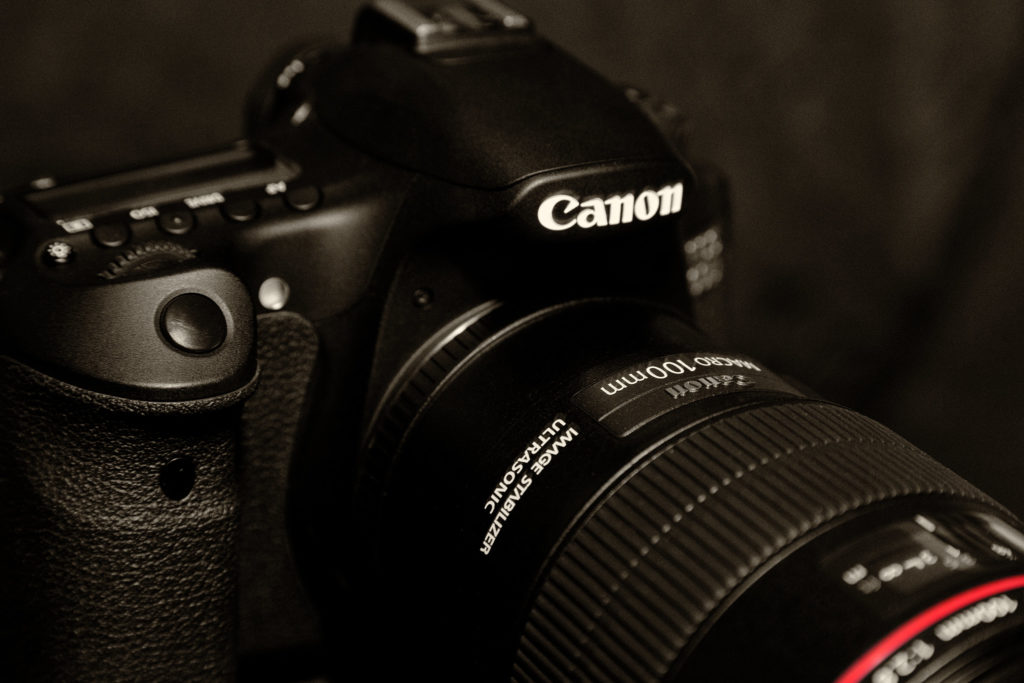
EF Is Canon's designator for Full Frame.By Markus Grossalber
*Sony’s designations can be quite confusing, there full compatibility chart can be found here. https://www.sony.net/Products/di/en-gb/products/lenses/basics/compatibility.html
Image Stabilisation. This very useful feature allows the camera to be used at lower shutter speeds than would normally be possible, handheld. It uses tiny gyroscopes and motors to balance the lens optics against the motion of camera shake. Some cameras, mainly mirrorless, feature image stabilisation using the sensor but for DSLR cameras stabilisation is usually tied to the lens.
Brand | Nikon | Canon | Tamron | Sigma | Fuji | Sony |
| Image Stabilisation | VR | IS | VC | OS | OIS | OSS |
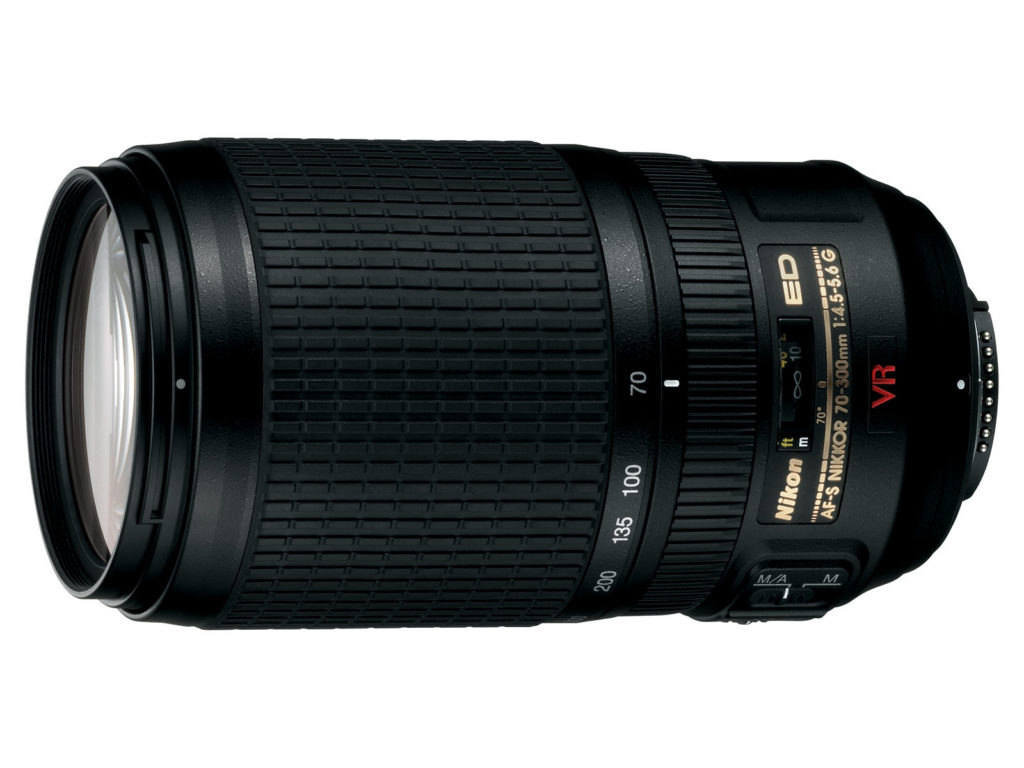
Nikon uses VR for Image stabilisation. By Tim Dobbelaere
Low Dispersion Glass: This is a special coating applied to some of the optical elements within a lens. It helps correct the aberrations caused by the different wavelengths of light as they pass through the lens. Many modern lenses feature this coating, some manufacturers having more than one version of it. The effect of Low Dispersion Glass is to increase contrast and colour clarity in the image.
Brand | Nikon | Canon | Sony | Sigma | Tamron |
| Low Dispersion Glass | ED/Super ED | UD | ED/Super ED | APO | LD |
Silent Motors: These are autofocus motors built into lenses that use ultrasonic technology to move the lens elements into focus. The primary advantages of this are that the lenses focus very quickly and more importantly, very quietly. This is a big advantage to sports and wildlife photographers.
Brand | Nikon | Canon | Sony | Sigma | Tamron |
| Silent Motors | AF-S | USM | SSM | HSM | USD |
Although described as silent motors, they do in fact generate some noise. This is most often picked up by the in built microphone when shooting video.
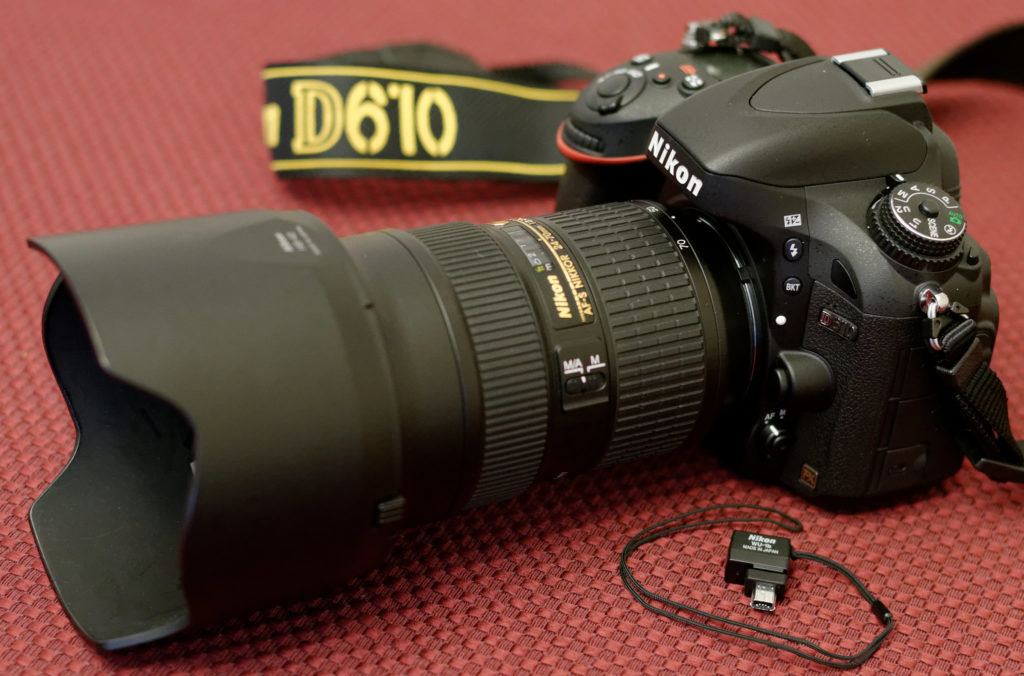
Here AF-S denotes a silent motor on this Nikon lens. By Justin Higuchi
These are some of the more common acronyms, some manufacturers will have technology specific to their own brands that also have acronyms. Lets take a look at some go them.
Nikon: N – Nano coating, a further development of low discretion glass designed to reduce internal flaring. G – The G designation is applied to Nikon’s more recent lenses that do not have a built in aperture ring. Instead the aperture is controlled from the camera body.
Sigma: A – Art. These are the latest Sigma lenses with very high production values and optical capabilities. EX – Although now discontinued, the EX designation was used for Sigma’s pro level lenses.
Canon: L – The L designation on Canon lenses denotes higher end optics or professional lenses. They are characterised by fast optics and excellent build quality.
Tamron: BIM – Built in Motor. These lenses are designed to be used on cameras that do not have built in autofocus motors. Typically these are lower end DSLRs such as the Nikon D40.
One last thing some of you might have noticed is to do with macro lenses. The majority of lens manufacturers use the term macro to denote close focusing lenses. Nikon use the term Micro. A true one to one life size reproduction is call micro, macro can be anything from a one to ten ratio down to one to one. If looking for a non Nikon macro lens, get one that offers one to one of life size reproduction.
So there you have it, a concise guide to some of the cryptic acronyms used by lens manufacturers. Next time you take a look at the side of your lens, you should now be able to work out what features it has.

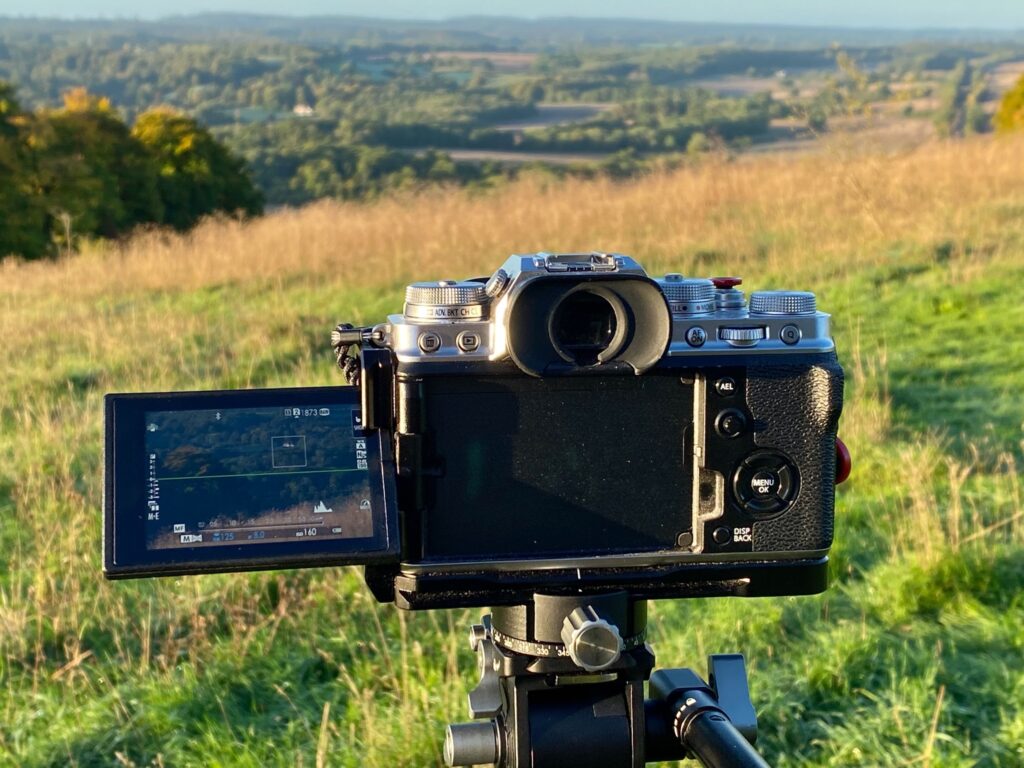

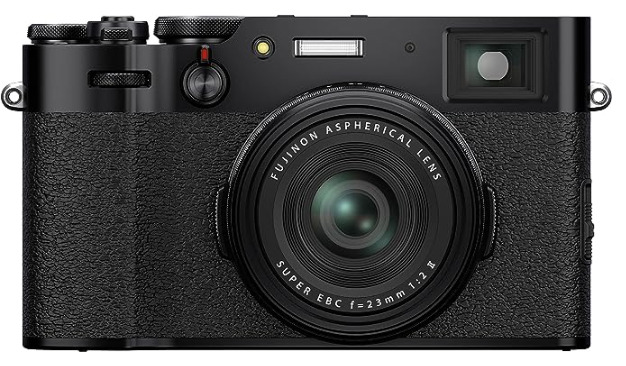

4 Comments
Thank you for this, very useful! It’s a pity, though, you don’t include Zuiko lenses from Olympus, will you do this in some future post? Thank you! (yes, I’m an Olympus user, as you understood 🙂 )
Hi,
That’s great, but it would be nice if Olympus was included every so often. I’m hoping some of these tally up with my 4/3 lenses.
Readers such as I would also find it useful to include Panasonic Lumix VARIO 4/3 lenses.
Thank you.
yes, it would be very nice to include Zuiko lenses too (which includes some of the best optics in the market)